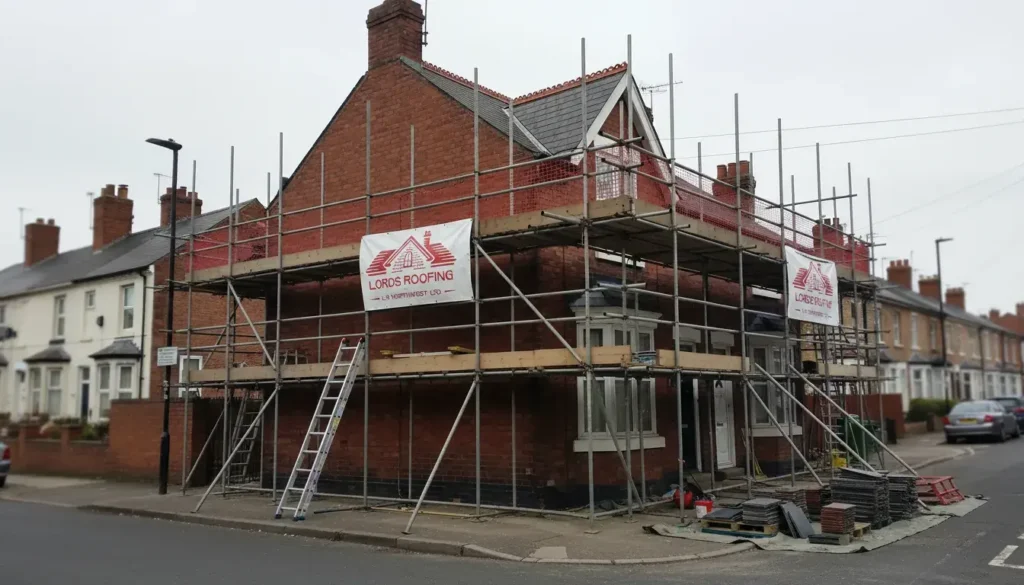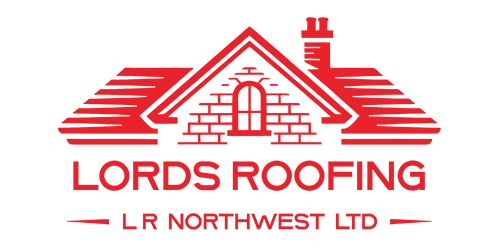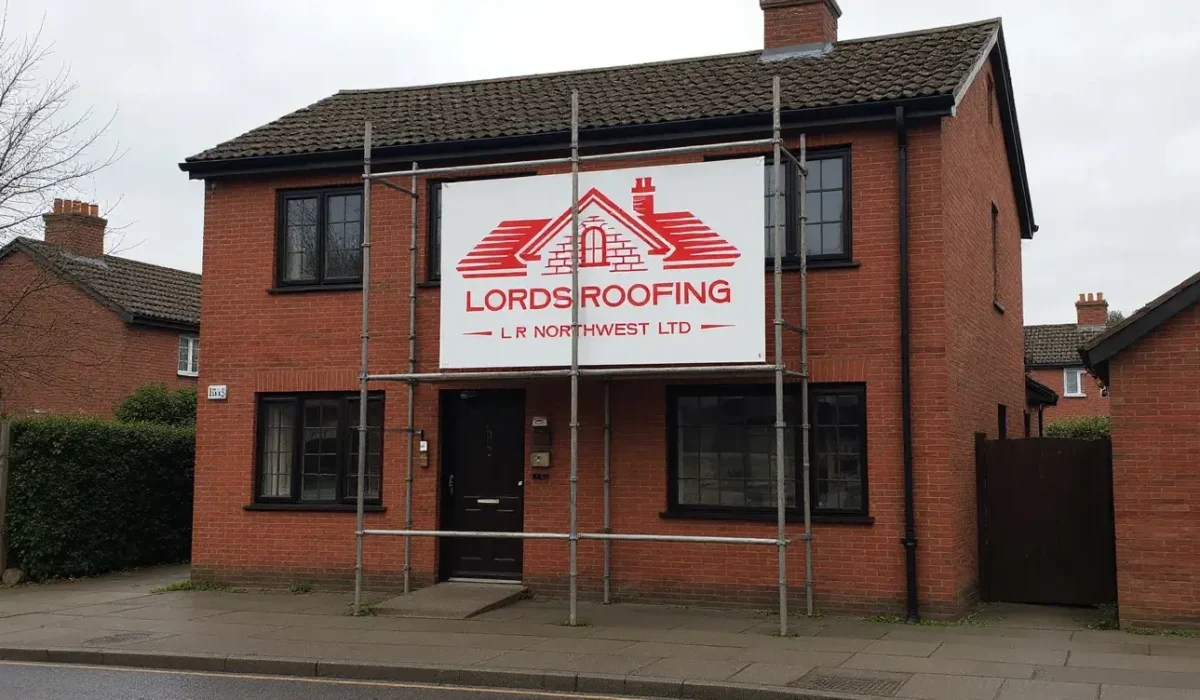A Guide to Scaffolding and Roofing Safety: Why it’s a Non-Negotiable for Your Manchester Project
Working on a roof is one of the most dangerous jobs in the construction industry, with falls from height being a leading cause of fatalities and serious injuries. As a property owner in Manchester, you might wonder why the cost and time of setting up scaffolding is a necessary part of your roofing project. At Lords Roofing, we believe in being fully transparent: scaffolding isn’t just an option—it’s a fundamental investment in safety and a legal requirement for most jobs.
The Role of Scaffolding in Roofing
Scaffolding serves multiple critical functions that go far beyond just providing a platform to work on.
-
Worker Safety: The primary purpose is to provide a safe and stable working platform. It eliminates the risks of working from unstable ladders or a precarious roof edge, significantly reducing the risk of a fall.
-
Property Protection: Scaffolding protects your property and the public. With safety features like toe boards and netting, it prevents tools, materials, and debris from falling to the ground, which could cause damage to your building, garden, or vehicles.
-
Improved Workmanship: A stable platform allows roofers to work more efficiently and meticulously. They can safely access all parts of the roof and carry out the work to a higher standard, ensuring the long-term integrity of the repair or replacement.
Key UK Safety Regulations
In the UK, all work at height is strictly governed by law. Professional roofers like us must adhere to these regulations to ensure a safe working environment.
The Work at Height Regulations 2005
This is the most important piece of legislation for roof work. Its core principle is to avoid working at height wherever possible. When it’s not avoidable, a series of control measures must be put in place to prevent falls. This is where scaffolding is crucial. The regulations state that a robust working platform, like scaffolding, should be prioritised over personal protective equipment like harnesses where possible.
Health and Safety at Work etc. Act 1974
This overarching act places a duty of care on every employer to ensure, “so far as is reasonably practicable,” the health, safety, and welfare of their employees and any other people who might be affected by their work. This extends to you, your family, and your neighbours.
The Construction (Design and Management) Regulations 2015 (CDM)
For projects involving more than one contractor (for example, a roofer and a scaffolding company), the CDM Regulations apply. As a homeowner, your duties are typically transferred to the Principal Contractor (your roofer). This legally obligates them to plan, manage, and coordinate the work to ensure safety throughout the project.



